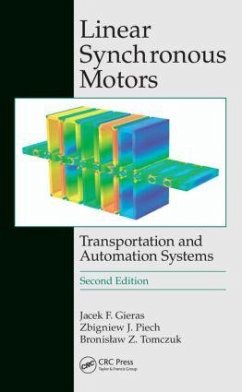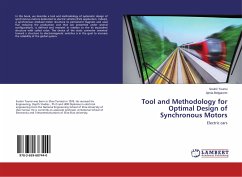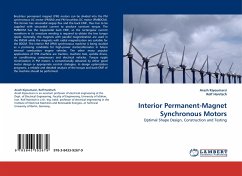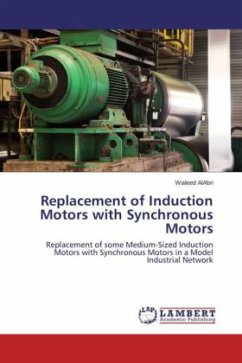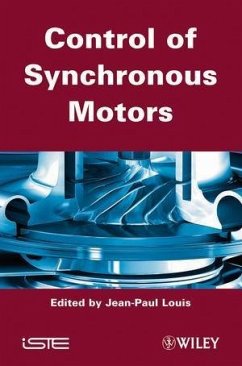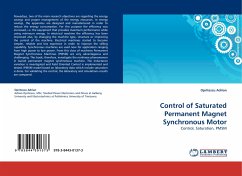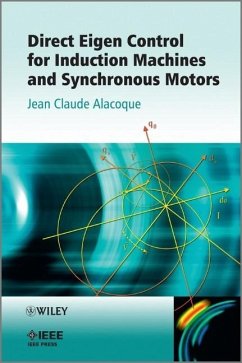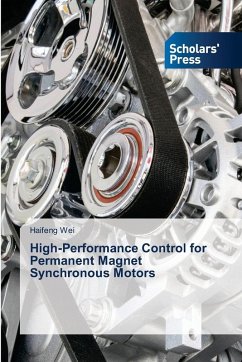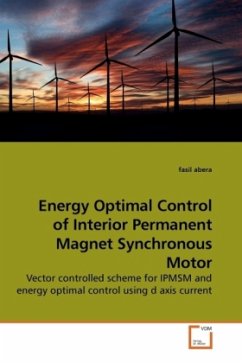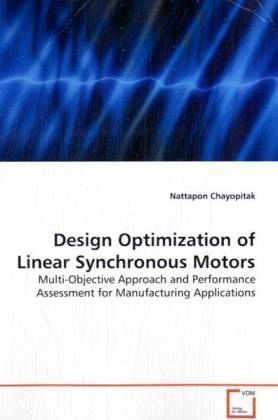
Design Optimization of Linear Synchronous Motors
Multi-Objective Approach and Performance Assessment for Manufacturing Applications
Versandkostenfrei!
Versandfertig in 6-10 Tagen
52,99 €
inkl. MwSt.

PAYBACK Punkte
26 °P sammeln!
Linear motors are strong candidates for manufacturingautomation applications requiring high-performancedirect-drive linear position control. Unlike rotarymotor drive systems, linear motor drive systems donot require rotary-to-linear transmissions, such asbelt or screw; hence they usually provide higherperformance. With increasing usage and higher demandsfor better performance, linear motor design hasbecome an ever important subject. Since electricmachine design process usually involves severaldesign objectives, multi-objective optimizationtechnique is naturally a suitable choice to addressthis...
Linear motors are strong candidates for manufacturing
automation applications requiring high-performance
direct-drive linear position control. Unlike rotary
motor drive systems, linear motor drive systems do
not require rotary-to-linear transmissions, such as
belt or screw; hence they usually provide higher
performance. With increasing usage and higher demands
for better performance, linear motor design has
become an ever important subject. Since electric
machine design process usually involves several
design objectives, multi-objective optimization
technique is naturally a suitable choice to address
this challenging problem. This book provides a basic
framework of designing linear synchronous motors by
covering three major topics: (i) magnetic modeling,
(ii) optimal performance assessment and (iii)
multi-objective design methodology. Two selected
topologies of linear permanent-magnet and linear
variable reluctance motors are then considered for
manufacturing automation applications. This work
should help provide some analysis tools on this
exciting subject, as well as should be useful to any
professionals in electrical machine design, numerical
analysis and optimization.
automation applications requiring high-performance
direct-drive linear position control. Unlike rotary
motor drive systems, linear motor drive systems do
not require rotary-to-linear transmissions, such as
belt or screw; hence they usually provide higher
performance. With increasing usage and higher demands
for better performance, linear motor design has
become an ever important subject. Since electric
machine design process usually involves several
design objectives, multi-objective optimization
technique is naturally a suitable choice to address
this challenging problem. This book provides a basic
framework of designing linear synchronous motors by
covering three major topics: (i) magnetic modeling,
(ii) optimal performance assessment and (iii)
multi-objective design methodology. Two selected
topologies of linear permanent-magnet and linear
variable reluctance motors are then considered for
manufacturing automation applications. This work
should help provide some analysis tools on this
exciting subject, as well as should be useful to any
professionals in electrical machine design, numerical
analysis and optimization.



